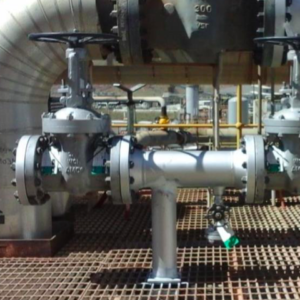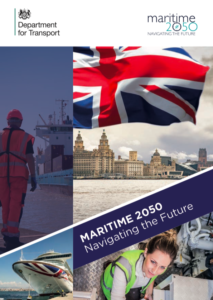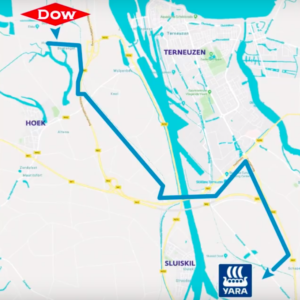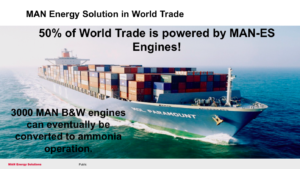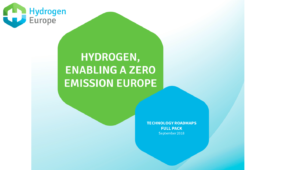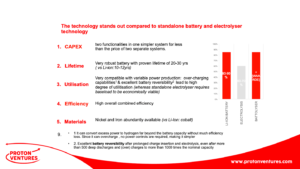SMARTCATS Workshop: Ammonia for Fueling Future Energy
ANNOUNCEMENT: SMARTCATS, an Action within Europe’s “intergovernmental framework” for Cooperation in Science and Technology (COST), has this week published the list of keynote speakers for its Ammonia for Fueling Future Energy Workshop, which will be held on April 13 and 14 in Lisbon, Portugal. Speakers will include John Bøgild Hansen, Senior Scientist at Haldor Topsoe and member of the Ammonia Energy Association (AEA) Board of Directors; Bill David, University of Oxford Professor and member of the AEA Advisory Board; and myself in my role as AEA President.


